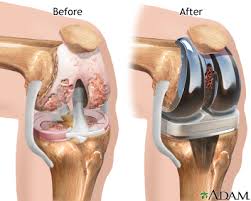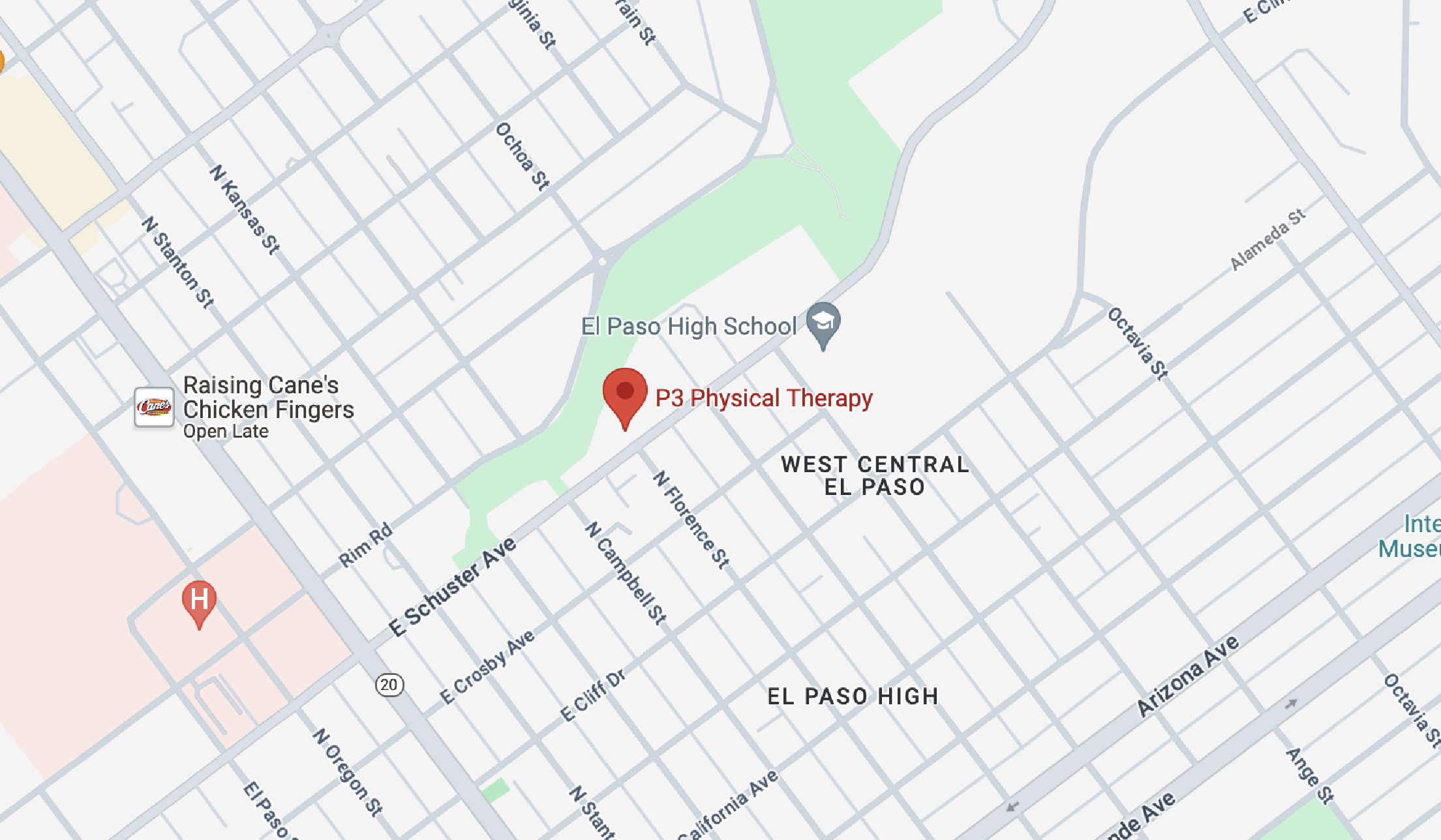
What happens after a total knee replacement is rehabilitation. A course of recovery (and rehabilitation) is necessary in order to achieve the full effect of the operation. Sometimes, patients spend three to five days in the ward after undergoing certain surgeries. However, most patients experience going home the same day. Sometimes, patients will start rehabilitation in the hospital, or right afterwards. After leaving the hospital, patients will usually undergo outpatient physical therapy for knee surgery. At times, patients will experience therapy at home. Rarely, after knee surgery, in-patient therapy takes place at a rehabilitation center.
How to Regain Mobility & Strength
Knee surgery may include acl, meniscus, or a complete knee replacement. After any of these surgeries, a specific exercise is critical. Furthermore, this specific fitness program is designed to regain strength and range of motion. Most patients begin to stand and walk using a walker within hours after surgery. Your physical therapy program will start with gentle exercises to help you bear weight on your new joint. Performing range of motion exercises after surgery is especially important to prevent scar tissue from limiting the flexibility of the new joint. You will also be taught how to manage pain after surgery. Some pain after a knee replacement should be expected.
Most rehabilitation programs for knee replacements usually include range of motion exercises, upper thigh muscle strengthening, walk retraining and daily life routine exercises. It is imperative not to over work or strain the knee as it recovers. Healing takes patience and time. Don’t rush your the recovery period.
Making progress
As you advance in your rehabilitation, you will be able to begin resuming normal activities. This will start as you progress from using a walker (or crutches) to a cane. Eventually you will not even need a cane and will be walking on your own. At this time you will be able to begin climbing stairs. Most patients start with smaller-height steps at first and then progress to standard-height stairs. You will be able to return home when you are able to safely get out of bed, walk up to 75 feet with crutches or a walker, use the bathroom, and go up and down a flight of stairs. Your physical therapy sessions will continue when you are back at home. Your therapist will visit you at least once at home to ensure that you can safely get around. After your home visits have ended you will begin outpatient physical therapy.
During outpatient physical therapy, your therapist may recommend using heat or ice treatments or electrical stimulation to help reduce any persistent swelling or pain. You will continue to use your walker or crutches while you are at home. Your therapist will help you increase the amount of weight you put on your new knee joint as it heals. In addition, your therapist will guide your through an exercise program that includes range of motion, strengthening, balance, and endurance exercises as well as functional activities. As your therapy progresses, you will also learn exercises that will help you with your day-to-day activities, such as going up and down steps, bending over, and squatting. Your therapist can also teach you specific exercises that will help you perform your job safely.
Returning to normal activities
Approximately six weeks after surgery, your doctor may give you permission to drive. You will need to move your legs easily to do this, which is why your daily exercises are so important. After you are able to drive the next step is returning to work. Your doctor and physical therapist will help you determine when you should return to work. This will be dependent on the type of work you do and the demands of your job. If your job requires heavy lifting or other manual labor you should discuss this with your doctor and physical therapist.
Remember that certain leisure and sport activities could damage your artificial knee over time. The more vigorous and strenuous the activity, the higher the risk of either damaging the new artificial joint or loosening it. Certain activities can also cause excessive wear of your new artificial knee. This is why if you wish to engage in skiing, martial arts, high impact aerobics, racquet sports, soccer, basketball and other similar sports, you should discuss your intentions with your doctor. Lower stress activities such as hiking, golfing, swimming and biking are usually okay.
Remember that your rehabilitative therapy is a vital party of your recovery. Your hard work during this stage will keep your recovery on track and allow you to enjoy all the benefits your knee replacement surgery provides.
RESOURCES:
https://springloadedtechnology.com › Blog › Injury


